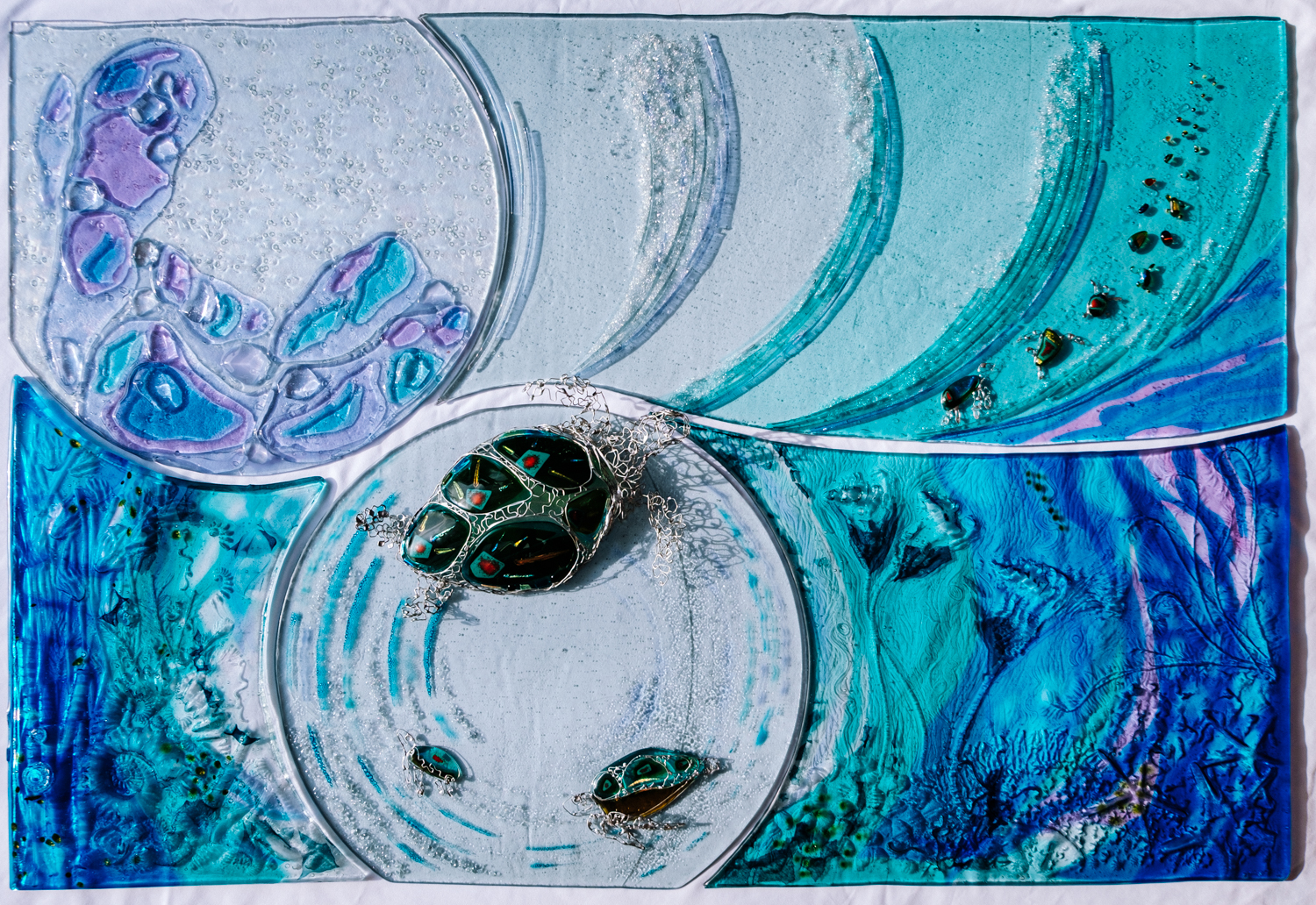The future
 The Ancient Art and Craft of Stained Glass in the UK:
The Ancient Art and Craft of Stained Glass in the UK:
Some thoughts on its future…
The stained glass industry continues to be a niche but vibrant sector, blending traditional craftsmanship with modern artistic expressions.
More recently however, stained glass window making has been placed on the Heritage Crafts Association’s (HCA) Red List of Endangered Crafts. The following were identified as some of the risks challenging the industry:
- Ageing practitioners and a loss of opportunity for them to pass on their skills
- The decline in dedicated educational courses
- The decreasing use of contemporary stained glass commissions in buildings
- The scarcity and high cost of materials.


The chairman of the British Society of Master Glass Painters (BSMGP), Steve Clare, has launched an appeal to the public to help secure its future. He is inviting people to make a donation to the Master Glass Painters Trust so that the organisation can action its goals:
- To inspire and support a new generation to enter the stained glass profession
- To foster a resurgence in stained glass commissions and opportunities
- To nurture a strong stained glass community.
 Nevertheless we should remain positive and encouraged that the future of stained glass will continue to evolve especially as we consider a wide overview of the whole industry:
Nevertheless we should remain positive and encouraged that the future of stained glass will continue to evolve especially as we consider a wide overview of the whole industry:
Preservation and Restoration:
Stained glass remains an essential part of historic and religious buildings, and there is an ongoing demand for preservation and restoration projects to maintain these valuable heritage pieces.


Customised Commissions:
The industry caters to private clients, businesses, and institutions seeking unique and personalized stained glass commissions for various spaces, including homes, public buildings, and places of worship.


Contemporary Artistry:
Contemporary stained glass artists blend traditional techniques with modern aesthetics, creating innovative and visually stunning artworks that appeal to a broader audience beyond traditional settings.



Collaboration with Architecture:
Stained glass artists often collaborate with architects and designers to integrate their creations seamlessly into new construction and renovation projects, offering a striking blend of art and architecture.

Education and Workshops:
Stained glass artisans need to continue passing down their knowledge and skills through workshops, schools, and mentorship programs, ensuring the continuity of the craft and the cultivation of new talent.



The stained glass industry remains a cherished part of artistic and architectural expression in the UK and it can continue to evolve in exciting new ways as tradition balances with bold innovation to preserve its beauty and relevance in the contemporary world.